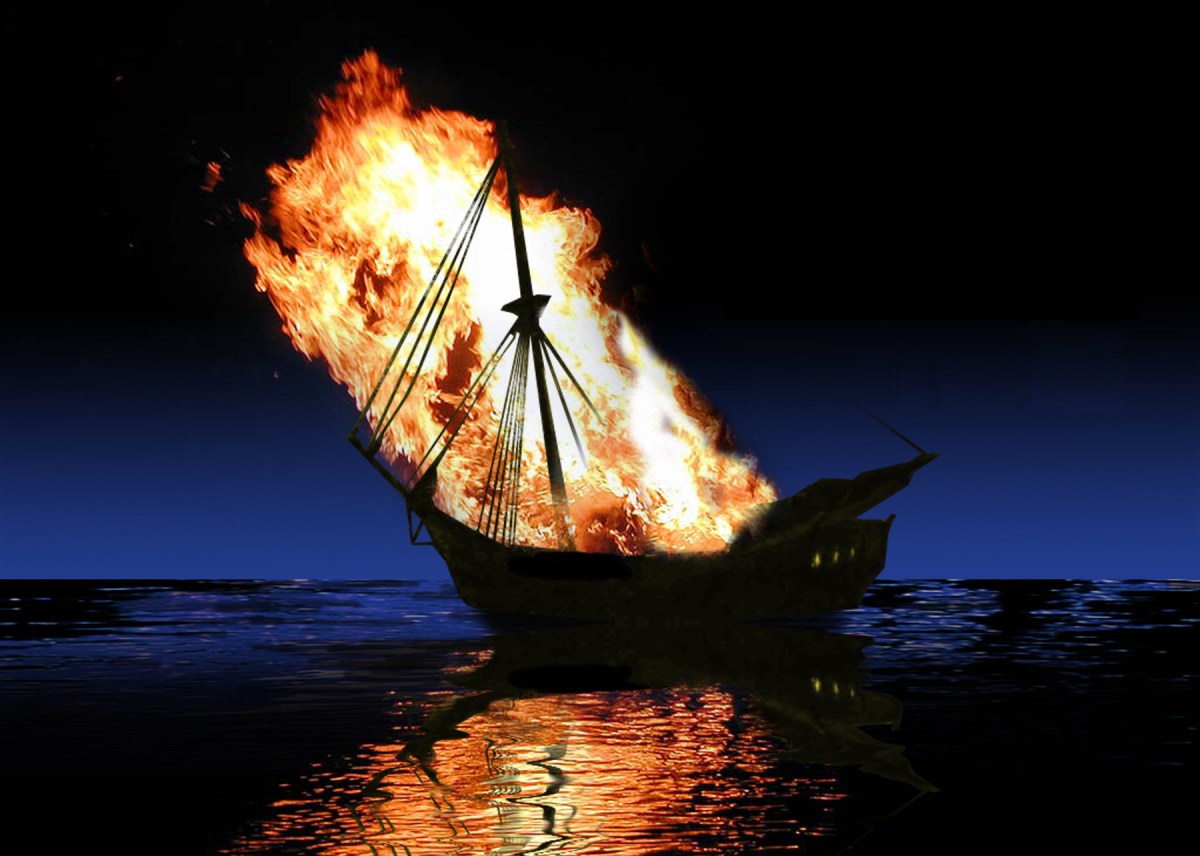The Seven Years’ War (1756-1763) was in many ways a world war, experienced in the American colonies as the French and Indian War. The cost to the British crown was staggering, and Parliament wanted their colonies in America to pay for their share of it. The war had been fought for their benefit, after all, had it not?
 Several measures were taken in the 1760’s to collect these revenues. In one 12-month period, Parliament passed the Stamp Act, the Quartering Act, and the Declaratory Act, and deputized the Royal Navy’s Sea Officers to help enforce customs laws in colonial ports.
Several measures were taken in the 1760’s to collect these revenues. In one 12-month period, Parliament passed the Stamp Act, the Quartering Act, and the Declaratory Act, and deputized the Royal Navy’s Sea Officers to help enforce customs laws in colonial ports.
American colonists hated these measures. They had been left to run their own affairs for decades. Many of them bristled at the heavy handed measures being taken by revenue and customs agents. Rhode Islanders attacked HMS St. John in 1764. In 1769 they burned the customs ship H.M.S. Liberty in Newport harbor. In a few short months, the “Boston Massacre” would unfold only a few miles to the north.
The customs schooner H.M.S. Gaspée sailed into Narragansett Bay, Rhode Island in early 1772, to aid with customs enforcement and collections. She was chasing the packet boat Hannah through shallow water on the 9th of June, when she ran aground in shallow water, near the town of Warwick at what is now Gaspée Point.
A number of local Sons of Liberty met that afternoon at Sabin Tavern, opposite Fenner’s Wharf, from which the daily packet ship sailed to Newport Harbor. There they formed a plan to burn the Gaspée, and spent their evening hours casting bullets in the tavern.
They rowed out to the ship at dawn the next morning. There was a brief scuffle when they boarded, in which Lieutenant William Dudingston was shot and wounded. The vessel was then looted, and burned to the waterline.
Earlier attacks on British shipping had been dealt with lightly, but the Crown was not going to ignore the destruction of one of its military vessels on station. Treason charges were prepared, planning to try the perpetrators in England, but the crown was never able to make the case. Unsurprisingly, it seems that nobody saw anything.
 A few days later, a visiting minister in Boston, John Allen, used the Gaspée incident in a 2nd Baptist Church sermon. His sermon was printed seven times in four colonial cities, one of the most widely read pamphlets in Colonial British America.
A few days later, a visiting minister in Boston, John Allen, used the Gaspée incident in a 2nd Baptist Church sermon. His sermon was printed seven times in four colonial cities, one of the most widely read pamphlets in Colonial British America.
The King’s “Tea Act” would lead to the Boston Tea Party the following year. The blizzard of regulations that came down in 1774, the “Intolerable Acts”, would pave the way to the Battles of Lexington & Concord and the Battle of Bunker Hill later in 1775.
The fuse to Revolution had been lit. It was not going to be put out, easily.



One thought on “June 9, 1772 The Gaspée Affair”